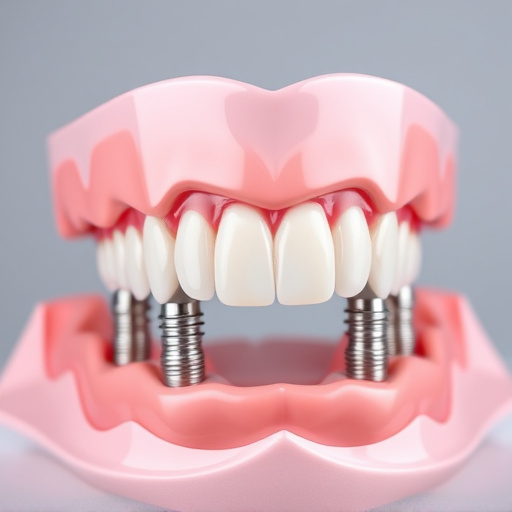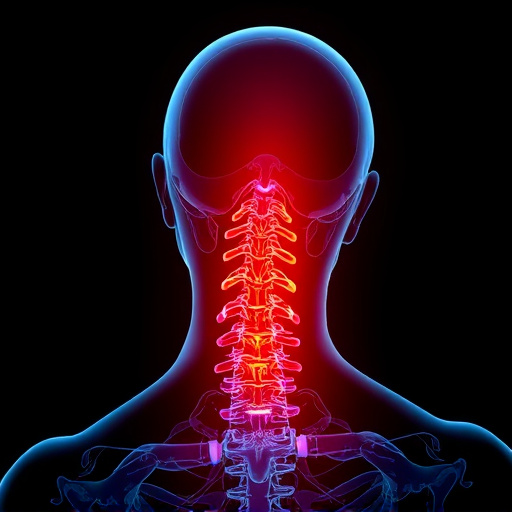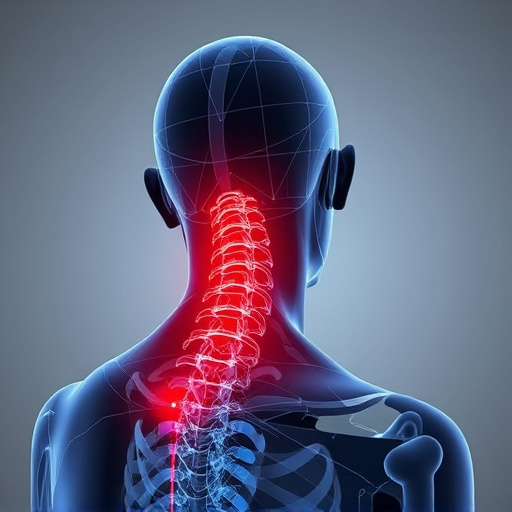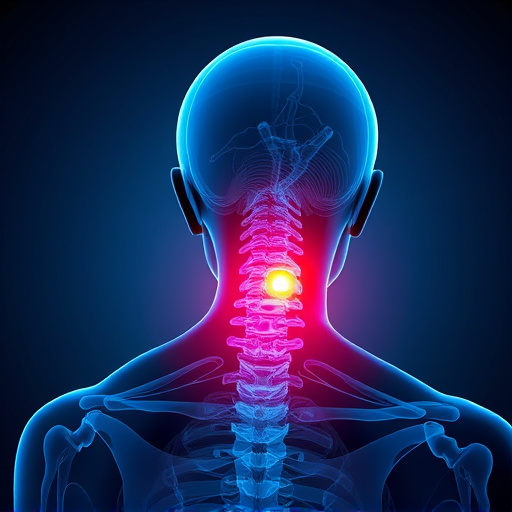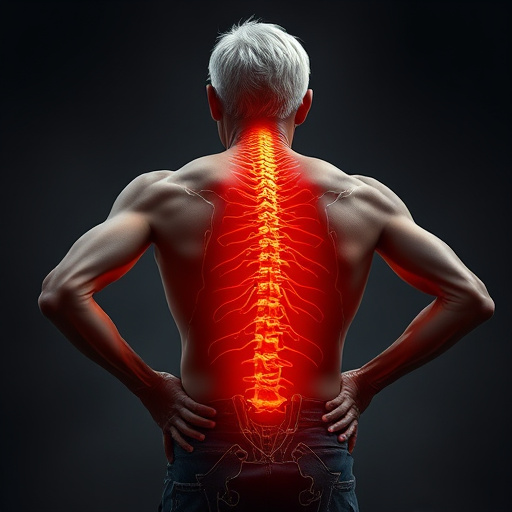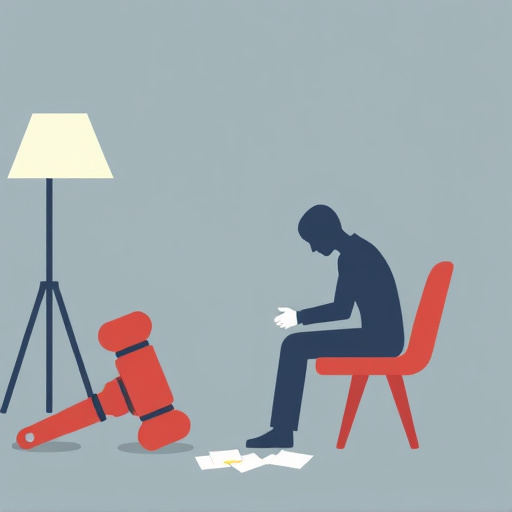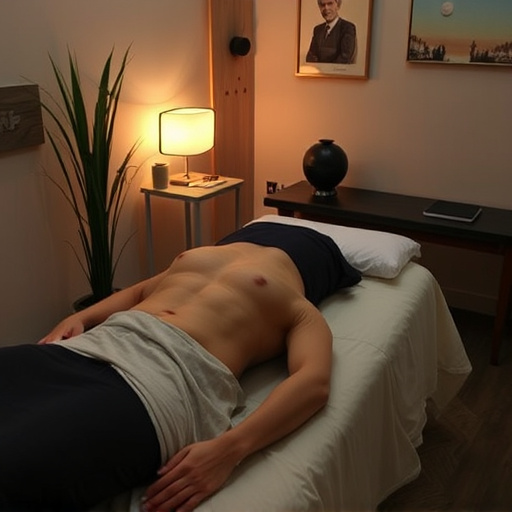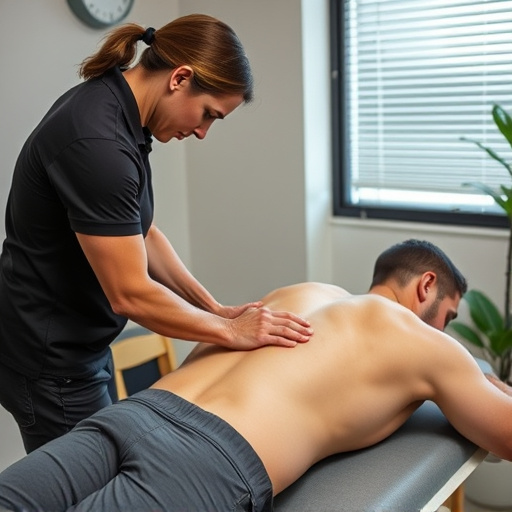A herniated disc diagnosis requires understanding physical limitations for successful recovery. Patients should avoid high-impact exercises and activities like running, jumping, or intense lifting until cleared by their doctor. Following healthcare provider instructions, including restricted activities and tailored core-strengthening exercises, is crucial. Physical therapy combining stretching, strengthening, and mobility routines offers pain relief, muscle recovery, and improved spinal stability. Adhering to these guidelines can lead to better functionality, enhanced quality of life, and a return to preferred physical activities.
After a herniated disc diagnosis, understanding and managing physical restrictions during recovery is crucial. This period requires careful navigation to ensure proper healing and prevent further damage. In this article, we explore the key aspects of managing physical limitations during herniated disc treatment. From learning which activities to avoid to discovering effective exercises and movement therapies, these insights will guide you towards a faster and safer recovery.
- Understanding Physical Limitations After Herniated Disc Diagnosis
- Activities to Avoid During Recovery from a Herniated Disc
- Exercises and Movement Therapy for Herniated Disc Relief
Understanding Physical Limitations After Herniated Disc Diagnosis
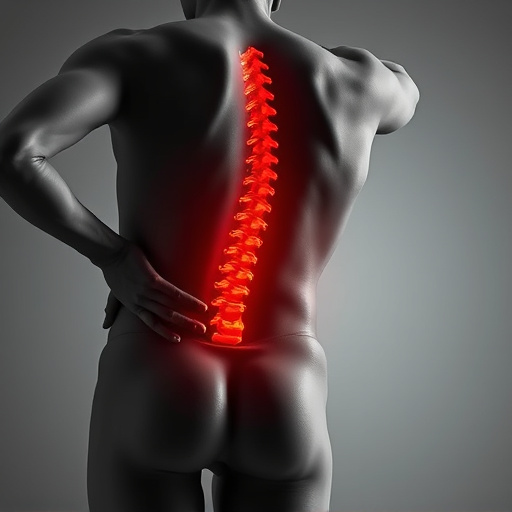
After a herniated disc diagnosis, understanding the physical limitations during treatment is crucial for a successful recovery. Patients often experience varying degrees of pain, numbness, or weakness in the affected area, which can impact mobility and daily activities. During this period, it’s essential to listen to your body and avoid movements that exacerbate symptoms. For instance, with neck pain relief as a goal, patients might need to restrict certain upper body movements and maintain proper posture while sitting and standing.
The herniated disc treatment plan typically involves a combination of rest, physical therapy, and medication for sciatica relief. Patients should follow their healthcare provider’s instructions carefully, especially regarding activities to avoid and exercises to perform. Shockwave therapy, a non-invasive treatment option, might be recommended to reduce pain and promote healing without severe physical restrictions. Adapting your routine and understanding these limitations is key to a smoother recovery process.
Activities to Avoid During Recovery from a Herniated Disc
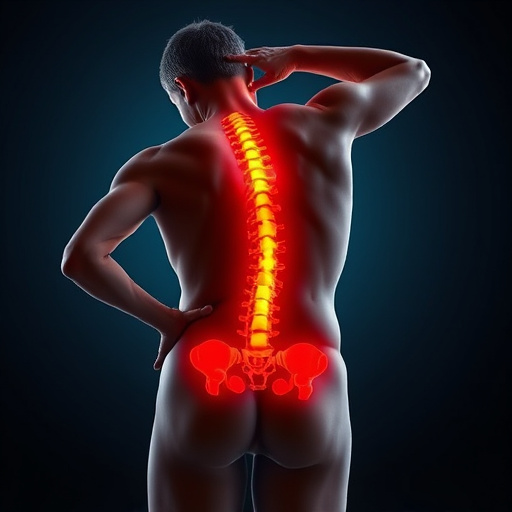
During the recovery period from a herniated disc, it’s crucial to avoid certain activities that can prolong healing or even cause further damage. High-impact exercises like running, jumping, or intense weightlifting should be off the table until your doctor gives the green light. These activities can exacerbate the pressure on your spine and nerves, potentially leading to increased pain and inflammation.
Additionally, steer clear of activities that involve twisting, bending, or lifting heavy objects. This includes manual labor, yard work, or even certain sports that demand sudden, sharp movements. Opting for low-impact exercises like swimming, cycling, or yoga can help maintain your fitness level without stressing your back. Remember, compliance with your healthcare provider’s guidance on physical restrictions is vital for a successful herniated disc treatment.
Exercises and Movement Therapy for Herniated Disc Relief
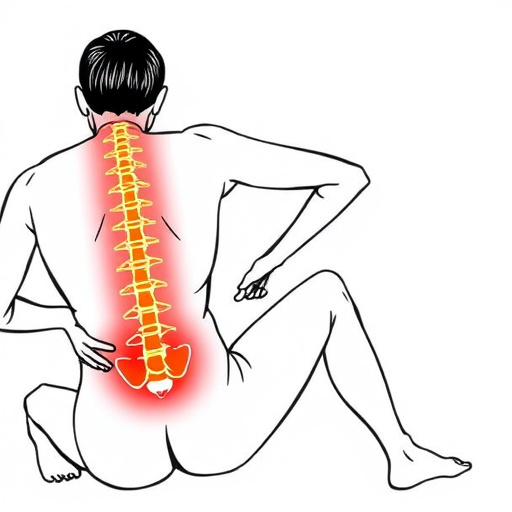
Exercises and movement therapy play a crucial role in herniated disc treatment, helping to alleviate pain and promote muscle recovery. Specific exercises tailored to strengthen the core and improve spinal stability can significantly reduce pressure on affected discs, fostering a more efficient healing process. Physical therapists often recommend a combination of stretching, strengthening, and mobility exercises, focusing on the back, abdominal muscles, and surrounding areas.
These therapeutic routines are designed not only to provide immediate relief from pain but also to prevent future injuries. By enhancing flexibility and posture, these exercises contribute to faster sports injury recovery for active individuals. Incorporating movement therapy into a comprehensive herniated disc treatment plan can lead to improved functional abilities and a higher quality of life, enabling patients to regain control over their daily activities and return to their preferred level of physical engagement.
When undergoing herniated disc treatment, it’s crucial to understand and respect physical limitations to aid in a successful recovery. By avoiding strenuous activities and adopting specific exercises recommended by healthcare professionals, individuals can alleviate pain and improve mobility. This period requires patience and adherence to therapeutic guidelines, emphasizing the importance of movement therapy in managing and healing a herniated disc effectively.


